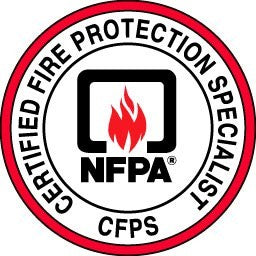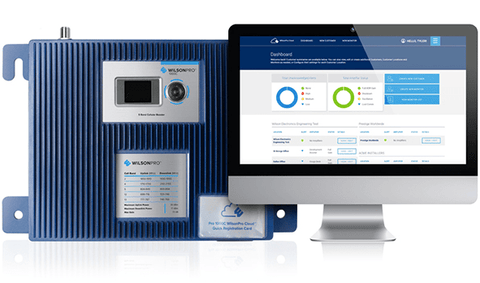Signal Booster News
5 Components of Advanced In-Building DAS Solution
Feb 18, 2019
With RF distribution carried on fiber, the head-end can be connected to a fiber backhaul, Ethernet backhaul, and even configured for a Passive OTA backhaul. The RF is then distributed out to remote Units/ Nodes and Serving units that are themselves amplifiers integrated with an antenna. If a customer has redundant/unused fiber runs, their existing network infrastructure can be leveraged for distribution. Being a fiber based RF distribution model, loss over distance is no longer a limiting factor. Such an advanced DAS solution has been in our tool-box of options and has been deployed successfully. Its benefits are simplicity and...
Fire Code Terminology Related to RF and Signal Enhancement Systems
Feb 17, 2019
Listed below are acronyms of several fire code terminologies related to wireless communications based on radio frequencies, telecommunication coverage areas, and mobile telecom or public safety signal enhancement systems for densifying in-building coverage of commercial cellular or public safety radio frequency bands including FirstNet: ARC System: Auxiliary Radio Communication. DAS: Distributed Antenna System. ECRS: Emergency Communications Radio System. ERCES: Emergency Radio Communication Enhancement Systems. ERCS: Emergency Radio Coverage System. ERRCS: Emergency Responder Radio Coverage Systems. IBECRES: In-Building Emergency Communication Radio Enhancement Systems. IBERRES: In-Building Emergency Responder Radio Enhancement System. IBERRS: In-Building Emergency Responder Radio Systems. IBPSCS: In-Building Public Safety Communication...
NFPA Coverage and Public Safety Signal Booster Requirements Overview
Feb 17, 2019
The following is a brief overview of NFPA coverage requirements and public safety signal booster system requirements. Local Authority Having Jurisdiction (AHJ) may have more stringent requirements and must be consulted prior to deployment. Critical Area Coverage: 99% 99% (NFPA 1221 9.6.7.4) coverage required in Critical areas: Emergency Command Center(s). Fire Pump Room(s). Exit Stairs. Exit Passageways. Elevator Lobbies. Standpipe Cabinets. Sprinkler Sectional. Valve Locations. General Area Coverage: 90% to 95% General building areas should have (90% NFPA 1221 9.6.7.5) and (95% "all floors of the building", IFC 510.5.3, Draft 2018 edition) coverage. Signal Booster Components: Boosters should have FCC...
HiBoost Cellular Amplifier LCD Screen and LED Light Meanings
Feb 14, 2019
HiBoost Signal Amplifier Indicator Lights and LCD Screen Display Meanings. There are LED lights on the base signal amplifier that indicate the processes occurring within the cell phone signal boosting system. The LCD screen also displays a lot of good information that is helpful in setting up and maintaining the cellular booster system at peak efficiency. These are common across indoor HiBoost cellular signal boosters and possibly same or similar for other brand cell boosting products. The LED lights on the front. The LED lights on the front indicate the alarm, power or ISO functionality of the booster. The alarm...
Everything You Need to Know About Wilson Pro Cloud
Feb 07, 2019
Upgraded & Enhanced. When Wilson Pro Cloud service and Pro 1000C commercial signal booster were launched on September 13, 2018, the WilsonPro Pro 1000 was already one of the most powerful FCC-certified signal boosters in the US. Now after that launch, the Wilson Pro 1000C with remote cloud-monitoring functionality takes this best-in-class cellular signal booster to a new level. With cloud integration, the amplifier "checks in" at regular intervals to provide real-time performance information, as well as notifications of signal adjustments or if the amplifier has gone off line. Wilson Pro Cloud subscription is included at no extra cost for...




